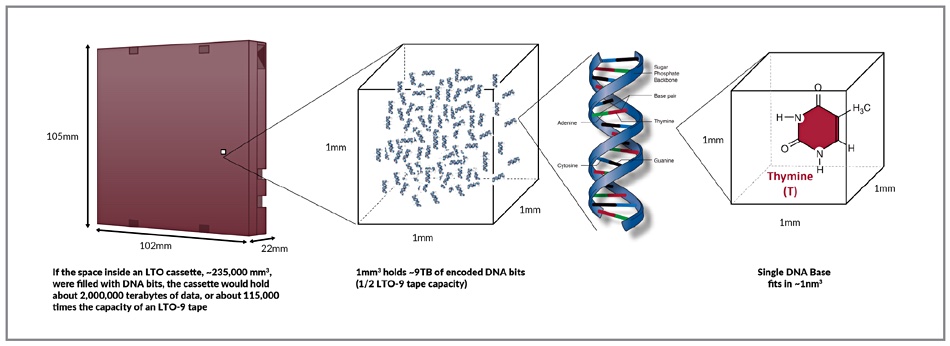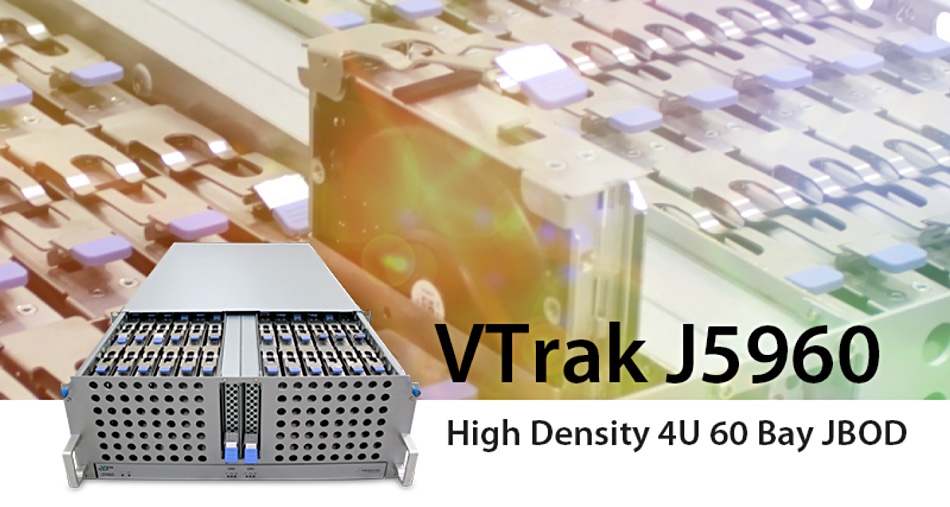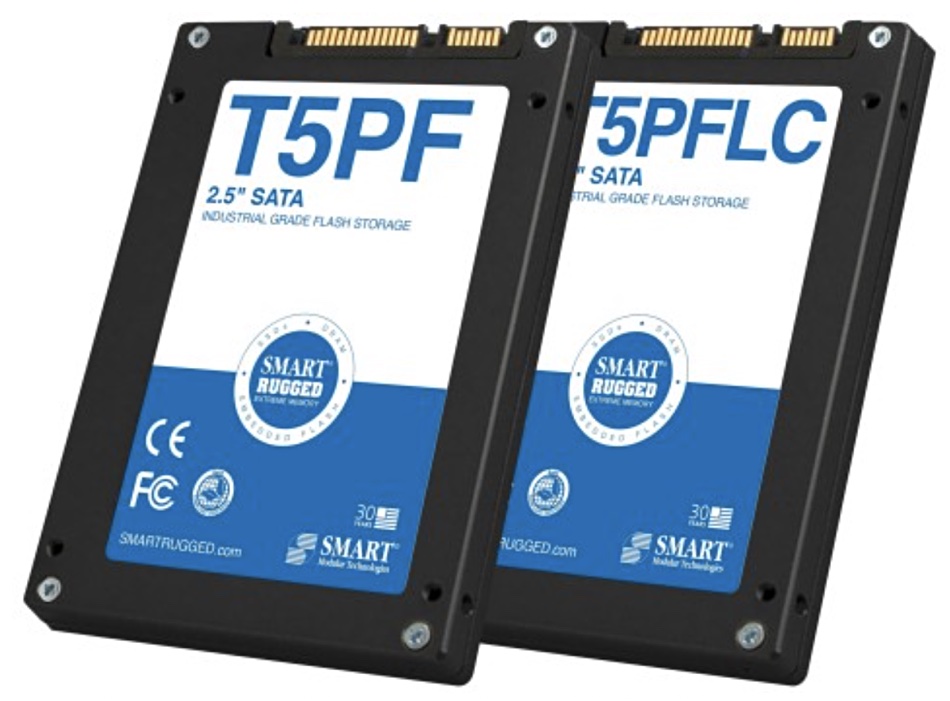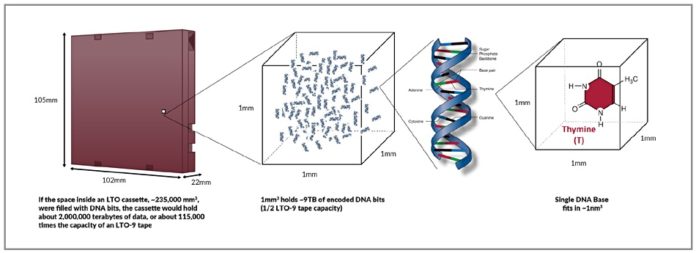New things are the theme of this week’s roundup, with DNA storage prospects explained in a white paper, and IDC setting up a software-defined infrastructure tracking report. These are accompanied by the usual backdrop of data protection, storage array, go-to-market, product and customer developments.
DNA storage white paper
DNA storage developers want us to know that the technology is really, really, no, really, really, really good, and that it is possible, too. DNA storage is no over-hyped Magic Leap type of technology, no sir … although it is, of course, ahem, a magic leap.
The DNA Data Storage Alliance has published a white paper entitled “Preserving our Digital Legacy: An Introduction to DNA Data Storage.”

The gee-whiz capacity density of DNA storage is illustrated by taking the space taken up by an 18TB raw capacity LTO-9 tape cartridge and imagining it full of DNA storage. It would hold about two million TB, which the DNA buffs say is about 115,000 times the capacity of the LTO-9 tape. This DNA storage would be stable, they say, for thousands of years.
The founding DNA Storage alliance members are Twist Bioscience Corp., Illumina, Inc., and Western Digital with Microsoft Research. They say DNA’s structure means that any generation of DNA readers and writers will be able to read and write DNA as long as the bit encoding formats are saved.
Steffen Hellmold, WD’s Corporate Strategic Initiatives VP, said “The density and stability of DNA storage will help the industry cost-effectively cope with the expected future growth of archival data for many decades to come.”
That’s certainly possible, but current DNA Storage write to read latency — under 2bits/hour in a Microsoft and University of Washington demo system (five bits in 21 hours) — needs to be accelerated by many orders of magnitude. Writing DNA Storage bits is a complex bio-chemical process and commercialisation is years away.
We should be optimistic. The white paper declares: “DNA will enable storage capacity on a scale never imagined, let alone considered economically viable, compared to today’s storage technologies.”
It’s a fascinating read. Download the white paper here; no registration required.
IDC software-defined infrastructure
IDC has defined a new software tracking category — software-defined infrastructure — and set up a semi-annual tracker report. It includes three elements in its SFDI revenue numbers:
- Software-defined compute software (53 per cent of market value);
- Software-defined storage controller software (36 per cent of market value);
- Software-defined networking software (11 per cent of market value).
Software-defined compute means virtualised compute nodes and includes virtual machine software (i.e., hypervisor software), container infrastructure software, and cloud system software. Software-defined networking means network virtualisation overlays and SDN controllers used in data centre networks.
Software-defined storage covers a storage software stack delivering a full suite of storage services in conjunction with COTS hardware to create a complete storage system.
IDC Research VP Eric Sheppard issued a statement, saying “Software-defined infrastructure is rapidly becoming the platform of choice for data center modernisation and transformation undertakings all around the world.”
The company publicly revealed only the briefest of summary data, saying the worldwide SDI software market reached $12.17B in calendar 2020, an increase of five per cent year on year.
We query the utility of a single report covering software-defined compute, storage and networking that probably basically says VMware rules the software-defined world — but IDC must have tested the concept and believes it has customers willing to pay for this new tracker.
Shorts
Data protector Acronis released an email protection pack for Acronis Cyber Protect Cloud that uses Perception Point. It’s for MSPs and is claimed to detect and stop all email-borne cyberthreats before they can reach their clients’ Microsoft 365, Google Workspace, or Open-Xchange mailboxes. It scales to cover 100 per cent of the email traffic and shortens the scanning time to a maximum of 30 seconds.
Cobalt Iron’s SaaS-based Compass backup and anti-ransomware offering has entered IBM’s Passport Advantage program. IBM sellers, partners, and distributors around the world can sell Compass under IBM part numbers. Compass integrates with, automates, and optimises IBM Spectrum Protect, FlashSystem, IBM Cloud, and IBM Cloud Object Storage.
Commvault has announced enhanced Managed Service Provider (MSP) and Aggregator Partner Advantage Programmes. There are two MSP tiers with identified tier promotional requirements and incentives, rewarding partners for driving consumption. Commvault plans to add Metallic for MSPs to its Partner Advantage Programme later this year.
FileCloud has announced v21.1 of its FileCloud cloud-agnostic enterprise file sync, sharing and data governance software product. It is 66 per cent faster than before and Microsoft Office sensitivity labels are automatically extracted into FileCloud. There is a new interface and log-in wizard for FileCloud, along with complete keyboard shortcuts.
One reason HPE’s Alletra 6000 is so much faster than the Nimble array it was based on is because it uses AMD Epyc 7252, 7302, 7502 or 7742 series processors with 8 to 64 cores. This is twice as many cores per socket as the existing Nimble arrays. Combine that with 128 lanes of PCIe 4 and Alletra customers get faster storage performance.
Semiconductor supplier Marvell reported Q1fy2022 (ended May 1, 2021) results with revenues up 20 per cent year on year to $832M and a loss of $88.2M. Matt Murphy, Marvell’s President and CEO, said “Marvell’s outlook for strong revenue growth in the second quarter highlights robust demand across all our key end markets. I have never felt stronger about our prospects and believe that we are at the beginning of a multi-year growth cycle.”
HCI vendor Scale Computing has signed up KSG to distribute its all NVMe-flash and Intel NUC-based HE150 edge computing appliance in Japan. The HE150 takes up the same physical space as three smartphones and doesn’t need a rack infrastructure or server closet.

Promise Technology has announced a four rack unit, 60-bay VTrak J5960JBOD (Just a Bunch Of Drives) with up to 8PB of raw capacity in eight enclosures with 18TB HDDs, claiming this to be a new JBOD unit expansion record. It’s said to be eco-friendly and designed for high-performance data center and enterprise applications. A single unit can deliver 16GB/sec from 60 HDDs and 23 GB/sec from 60 SSDs.
Scality’s cloud-native ARTESCA object storage software product is available on the VMware Marketplace.
SMART Modular Technologies has announced T5PFLC FIPS 140-2 SSDs which provide certified authentication, sophisticated encryption, and are available in capacities from 120GB to 2TB. FIPS 140-2 is a National Institute of Standards and Technology (NIST) standard that outlines a set of security criteria to enable the safe handling of sensitive information, and is a requirement for all US Federal government applications as well as most other high-security applications.

Virtual SAN provider StorMagic has a Container Storage Interface (CSI) environment for SvSAN, to provide persistent storage for Kubernetes-orchestrated containers. The CSI driver allows remote sites to deploy containers at the edge with affordable, persistent storage, combined with SvSAN’s no single point of failure architecture.
It claims customers can deploy a two-node, centrally-managed cluster that supports both virtual machines (VMs) and containers specifically designed for edge environments, at the market’s lowest cost.
Research house TrendForce predicts DRAM prices will rise further by three to eight per cent quarter on quarter for 3Q21. It has also increased the magnitude of the predicted quarter on quarter increase in NAND Flash prices for 3Q21 to three to ten per cent (compared with the previous projection of three to eight per cent). This is due to the growing demand for enterprise SSDs and NAND Flash wafers
Long-distance data access accelerator Vcinity has appointed Craig Graulich as SVP of Worldwide Sales, reporting to CEO Harry Carr. Graulich was previously at Hitachi Vantara Federal. It also appointed Andrew Parsons as its Chief Strategy Officer, also reporting to Carr. Parsons was previously at HPE and led service provider/telecommunication strategy and go-to-market for North America.
Customers
The University of Minnesota’s Supercomputing Institute (MSI) has bought 10PB of Panasas ActiveStor Ultra parallel-access storage for its high-performance computing (HPC) system. It’s been a Panasas customer for 13 years. MSI is also buying 5PB of HPE-built capacity for its Ceph-based tier-2 storage.
Lee University has implemented Tintri VMstore for its Virtual Desktop Infrastructure (VDI) and virtual server environments, backup and replication-based disaster recovery. Lee University is a private university in south-eastern USA and maintains sixteen computer labs that use VDI, providing software services to thousands of students and faculty.








